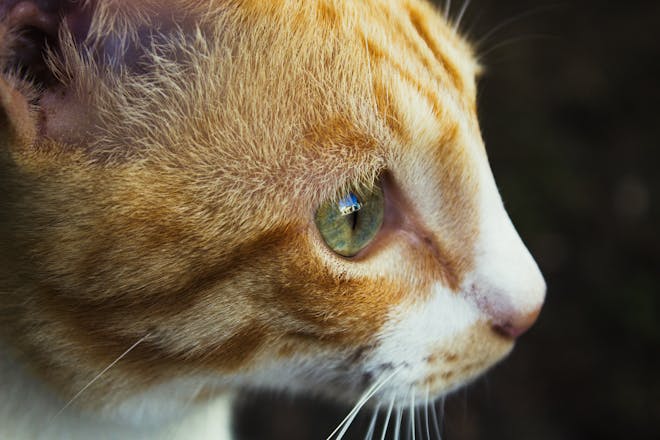Reverse Sear Rib Eye Steaks: A Culinary Guide
When it comes to preparing the perfect rib eye steak, the reverse sear method has become a game-changer for both chefs and home cooks. This technique, which involves slowly cooking the meat at a low temperature before finishing it with a high-heat sear, allows for greater control over the cooking process and results in a steak with an evenly cooked interior and a beautifully caramelized crust.
The Basics of Reverse Searing
Before diving into the reverse sear technique, it’s essential to select a high-quality rib eye steak. Look for steaks that are at least 1.5 inches thick with good marbling, as this will ensure a juicy and flavorful result. Once you’ve chosen your steak, it’s time to begin the reverse sear process.
Step 1: Season and Slow-Cook the Steak
Season your rib eye liberally with salt and pepper, and if desired, add herbs and spices to suit your taste. Preheat your oven or smoker to a low temperature—around 200-275°F (93-135°C). Place the steak on a rack over a baking sheet and cook it slowly until it reaches an internal temperature of about 10-15 degrees lower than your target doneness (usually 110-115°F for medium-rare).
Step 2: Sear to Perfection
Once the steak reaches the desired internal temperature, remove it from the oven and let it rest while you preheat a cast-iron skillet or grill to high heat. Searing the steak at this stage locks in the flavors and creates the coveted crust. Add a small amount of high-smoke-point oil to the skillet, and sear the steak for 1-2 minutes on each side, or until it develops a rich, golden-brown crust.
Step 3: Rest and Serve
After searing, let the steak rest for at least 5 minutes before slicing. This allows the juices to redistribute throughout the meat, ensuring a succulent bite. Serve the reverse seared rib eye steak with your favorite sides and enjoy the fruits of your labor.
Why Reverse Sear Rib Eye Steaks?
The reverse sear technique offers several benefits over traditional methods. It provides more uniform cooking, which is particularly advantageous for thicker cuts like rib eye. The gentle rise in temperature during the initial slow-cooking phase allows the proteins in the meat to denature without squeezing out the precious juices, leading to a more tender and flavorful steak.
Customizing the Reverse Sear
While the basic steps of the reverse sear method are straightforward, there’s room for customization. Some prefer to add a touch of butter, garlic, and herbs to the skillet during the searing phase for an extra layer of flavor. Others might opt for a dry brine before cooking, which involves salting the steak and letting it sit uncovered in the refrigerator for several hours to enhance its taste and texture.
Tips for Reverse Sear Success
- Invest in a reliable meat thermometer: Monitoring the internal temperature is critical for achieving your desired level of doneness.
- Allow for carryover cooking: Remember that the steak’s temperature will continue to rise slightly after it’s removed from the heat source.
- Be patient: The reverse sear method takes longer than traditional searing, but the results are well worth the wait.
